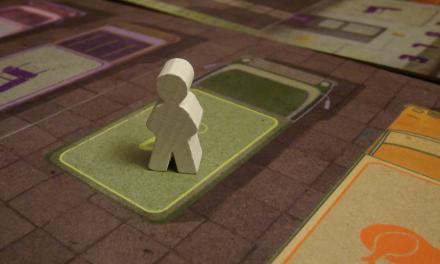Disruptive behaviour is experienced by 47% of teachers on at least a weekly basis (Department for Education). Even more concerning, is the fact that four in 10 teachers have been ‘attacked by students’ (BBC).
What’s more, the impact of low-level disruption is woefully overlooked and underappreciated. Failing to manage classroom disruption is responsible for the loss of an hour of learning per day, per child (BBC).
With this in mind, here are five simple tips for tackling disruptive behaviour.
1. First things first: Set and stick with the right mindset
Unruly children and poor behaviour can be difficult to not take personally – however, maintaining an impartial mindset is a must if you’re to deal with disruption fairly, calmly and productively.
2. Focus on the disruptive behaviour, not the student
Always focus on the disruptive behaviour, rather than the student – in this way, you avoid inflaming a situation by making it personal.
Use brief corrective instructions that employ positive words and confident body language. Install a belief that they can behave appropriately and then quickly move away to leave the pupil to process your words and make their own decision as to how to behave.
Where teachers remain in the student’s personal space, further disruptive behaviour can ensue.
3. Create and communicate clear rules and regulations
As a firm foundation, you must create solid classroom rules and procedures.
These should be communicated verbally, often, and reinforced by visual cues, such as a list of rules on the wall. You should expect good behaviour from your students, and provide praise wherever these rules are followed consistently (read more on ways to reward students).
4. Stick steadfastly to set consequences
One of the fastest routes to an unruly classroom is to be inconsistent with rules and any resulting consequences.
You must apply the rules equally, each day, and always follow through on any actions that you’ve explained will result from disruptive behaviour, without exception.
5. Motivate, inspire and involve
The most common causes of disruption are boredom and confusion over what pupils should be doing; the first step in overcoming these is to ensure activity instructions are clear.
Of course, motivational lessons are an altogether trickier a task, and when time is tight it becomes impossible to dedicate hours upon hours on each lesson plan.
For this imposing challenge, there is a wealth of online resources. Here are a few of the most feature-packed and resource-rich websites:
TES Resources is home to more than 750,000 free resources; over half of which have been created by under pressure teachers just like you.
Guardian Teacher Network Resources
Similar to TES Resources, Guardian Teacher Network Resources includes resources created by fellow teachers, as well as resources created by the Guardian Education team; formats include video, audio, images, interactive resources and presentations.
The teaching section on TED talks is incredibly useful for teachers – full of videos for inspiration, even after the toughest of school days.
EDClass can help with Behaviour Repair
EDClass is proven to help support students who are disruptive because of their behaviour and has helped positively reintegrate learners back into mainstream school.
With over 200 specific behaviour repair lessons available, students can reflect on their own behaviour and change accordingly in line with what is expected of their school.
UK-qualified teachers provide one-to-one support to students whether it be with their wellbeing or academic development and can assist immediately online at the click of a button.
For more information on the EDClass platform then book a free online demonstration of the platform here. Alternatively, you can call the team on 01909 568 338 or send an email to mail@edclass.com.









